IndieCade 2016: VR Lineup
While Sony’s pavilion dominated the festival, there was plenty more going on at IndieCade than just PS4 demos. Several areas exhibited virtual reality games on various platforms, from the Oculus Rift and HTC Vive at the VR Selects and Festival Nominees sections, to the brand new PS VR in a room adjacent to Sony’s own display. Here are a few of the titles that generated the largest crowds.
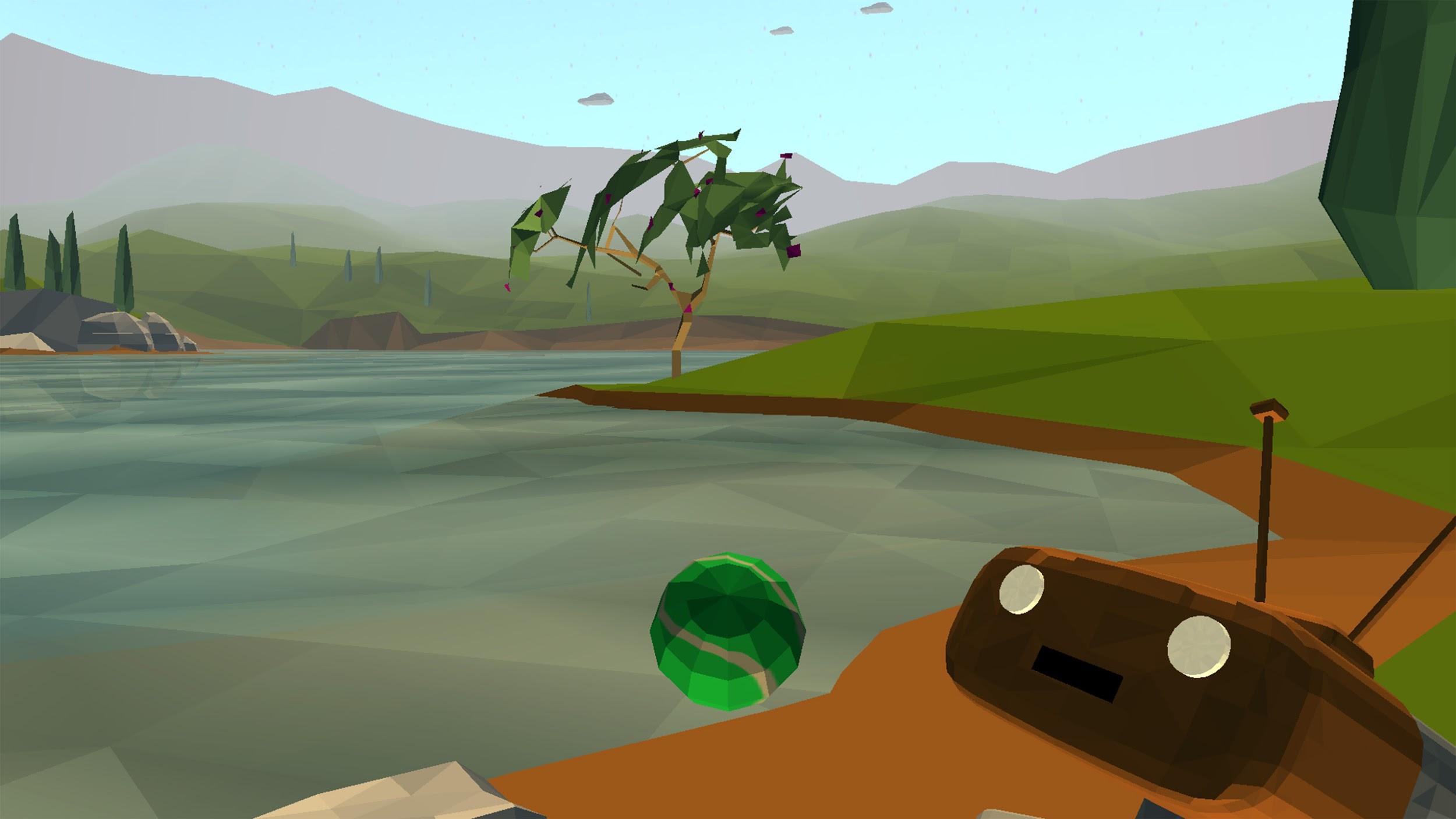
DAYDREAM BLUE
At this point, VR is arguably the least accessible form of entertainment outside of a Koch Brother’s poor people murder ranch. With any luck, mobile game DAYDREAM BLUE might chip away at this barrier for entry. Designed for use with the Samsung Gear VR, you hang out at a lakeside camp with your robot companion. It’s essentially a toy box world, low-poly graphics and atmospheric music bringing to mind other objective-ess games like MINECRAFT. Here, the bulk of gameplay surrounds little survivalist-but-not-really minigames like fishing, or the more abstract, like golf along the silhouette of a mountain ridge. Those latter elements are definitely the more intriguing parts of the game, which overall aspires to the comfort of a momentary daydream. It almost succeeds, held back by a hit-or-miss art style and some intrusive textual elements. If DAYDREAM BLUE can better synthesize its atmosphere with its gameplay, it’ll certainly be a trip worth taking. [Jimmy]
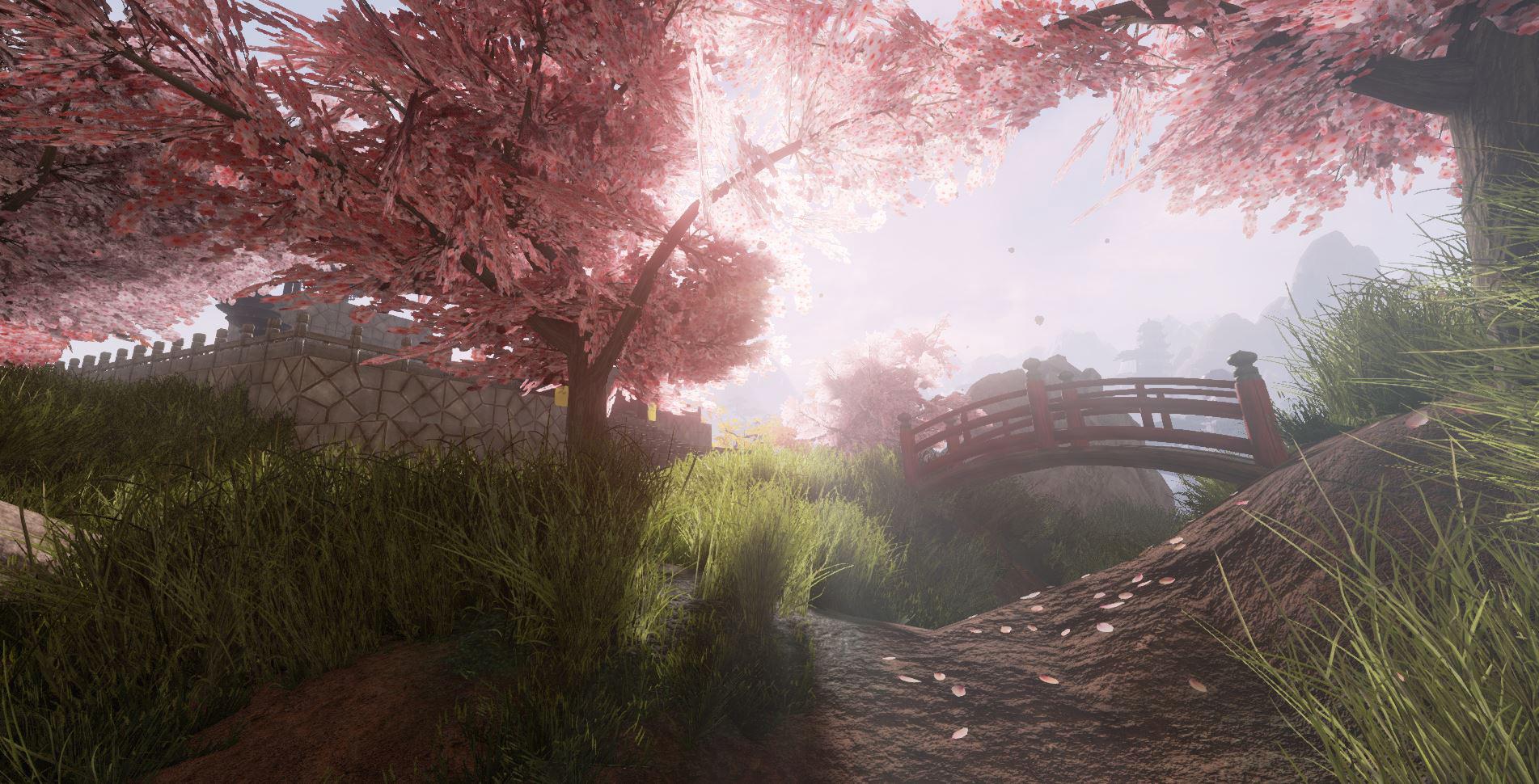
XING: THE LAND BEYOND
The Sony rep at the PS VR section of IndieCade mentioned that he was very excited for this particular game to come out, and after roughly three years of development, I can start to understand why. XING: THE LAND BEYOND puts out very strong MYST vibes: The player arrives on a deserted island and solves puzzles to advance deeper into the island and learn the story of one of the former inhabitants. Most of the puzzles were fairly simple (“hit that switch” or “put a coconut in this thing”) and made use of PlayStation’s motion controls, which are a bit clunkier than the Dualshock, but are still intuitive enough to make basic interactions fun. In XING, there are two main modes of transport: point-and-click teleportation or a traditional, manual free-roam option. The demo used the teleport method by default, which gave it more of a MYST sensation, but with some pressing I was allowed to experience free-roam as well. Free-roaming needs some ironing out, as it does induce motion sickness in those susceptible, but other than that I’d consider XING a solid VR experience. The puzzles and world are just intriguing enough to get wrapped up in, making this a great starter title for the PS VR. [Steven]
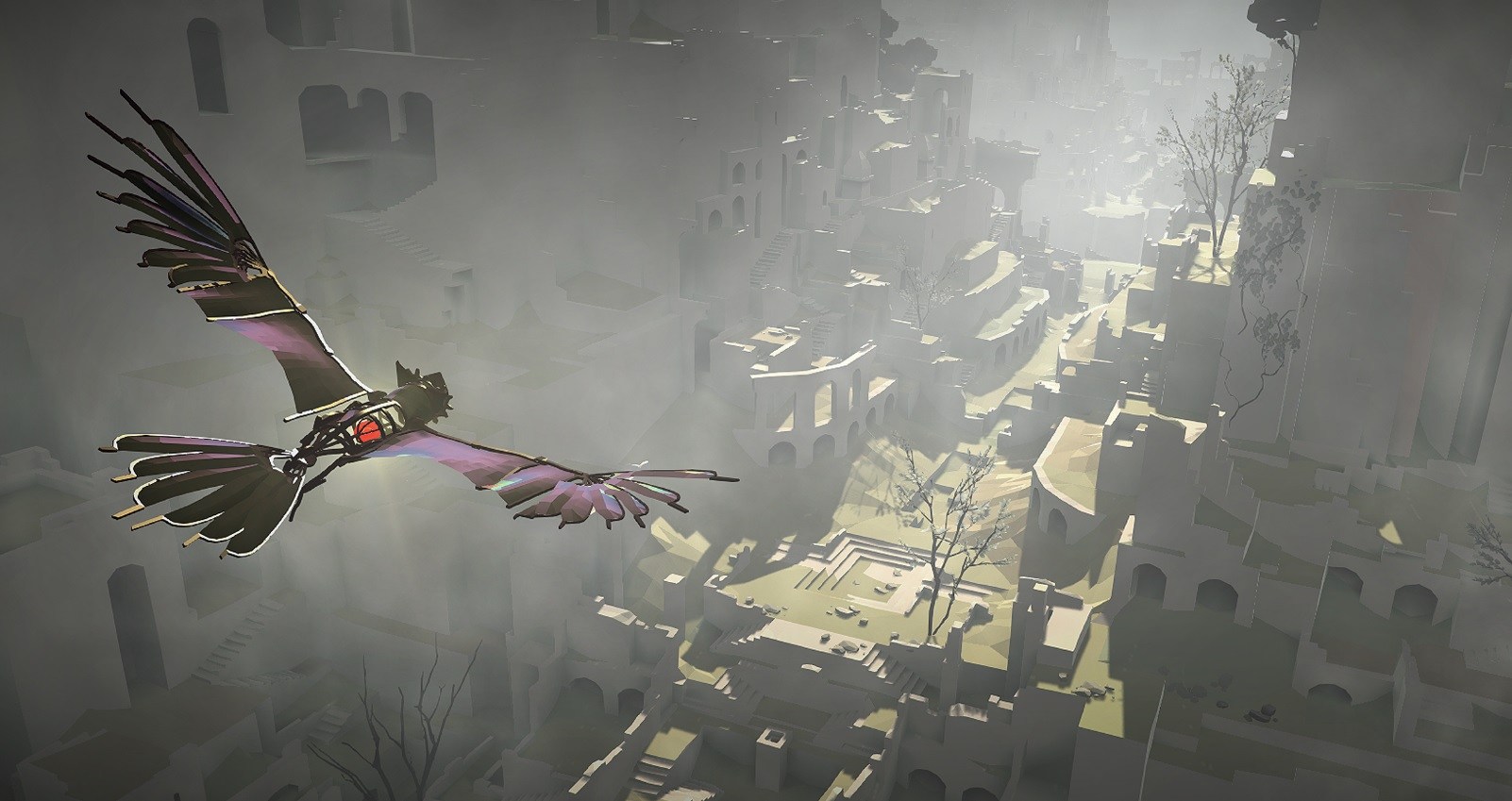
MARE
From a screenshot, MARE looks like a straightforward 3D platformer (or exactly like forthcoming PlayStation game THE LAST GUARDIAN). Developer Visiontrick Media describes it as an “exploratory and sensory adventure,” and I find that apt. From a gameplay standpoint, you control a mechanical bird with your gaze, a little girl following you in turn. The puzzles center on how you encourage the girl to navigate the space. In a sense, you guide two characters. It seems complicated, but the triumph of MARE is how intuitive it feels without any tutorials or dialogue. While I didn’t play quite long enough to get a full grasp of the narrative, the bond between the bird and the girl is immediate and intense. This, and the sense of quiet wonder you feel drifting through the earthen, Escher-esque ruins ensure that even if the game somehow doesn’t kill off the nice steampunk bird at the climax, MARE is an affecting story, and a game to look out for. [Jimmy]
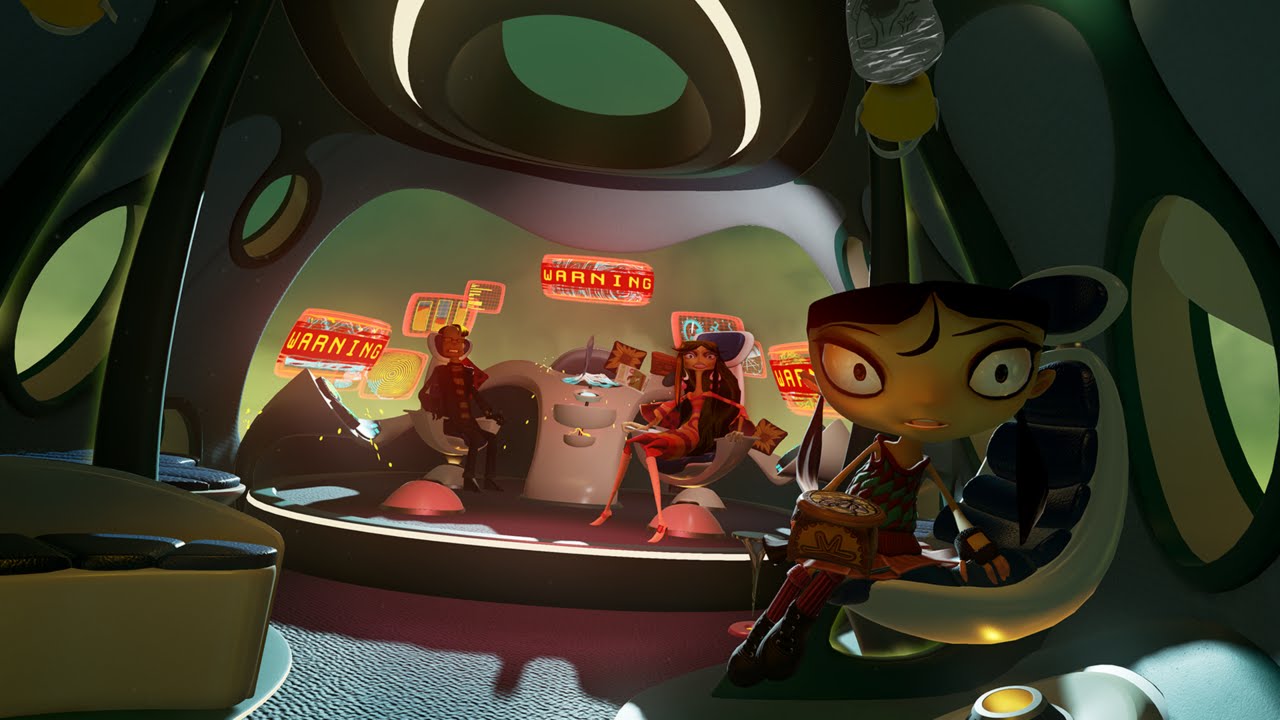
PSYCHONAUTS: IN THE RHOMBUS OF RUIN
Now widely-considered a classic, fans of PSYCHONAUTS lost their minds at the news that the long-awaited sequel was finally being developed. After many years of waiting, said fans finally got their hands on PSYCHONAUTS: IN THE RHOMBUS OF RUIN, with the demo available at IndieCade’s PS VR booth. The demo was really more of an introduction to the controls in the game, but it brings up the unsettling implication that the entire game will be played from a stationary perspective; “moving” happens by using clairvoyance to hop into the minds of others. While this fits the themes and subject matter of the first game, it completely ignores said game’s platforming roots. While several other abilities were available to solve physics-based puzzles, none were any better at being, well, PSYCHONAUTS. This is an ominous first look, but knowing the power of their original, I’d still pay attention to news of RHOMBUS for further updates. [Steven]
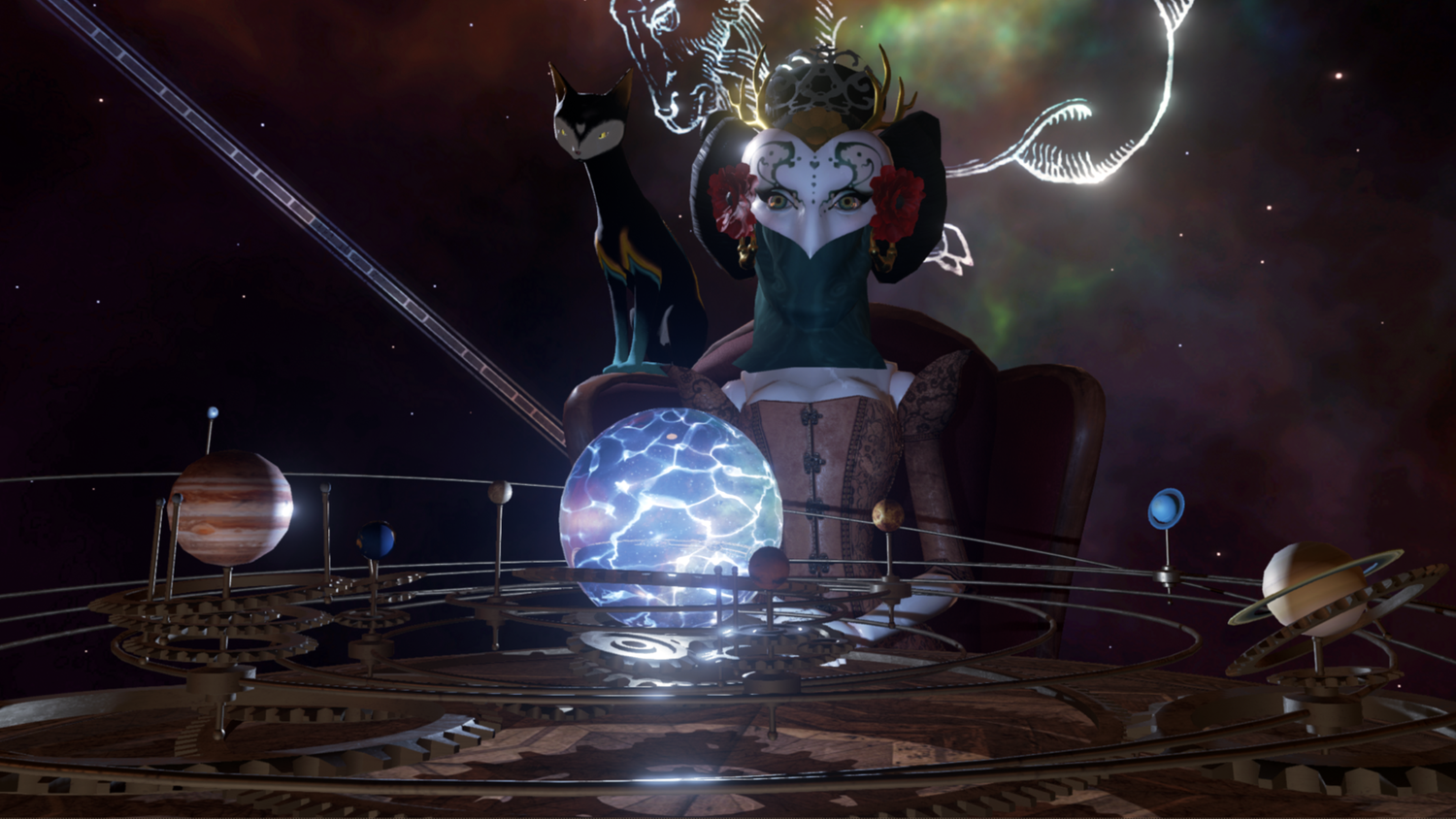
KISMET
KISMET felt more like a sideshow than an actual game, which is fitting, because it takes place in the wagon of the eponymous masked fortune teller. The demo lasted about 15 minutes and allowed players who believe in that sort of thing to get a glimpse into the future. KISMET offers a tarot card reading, a horoscope, and a chance to play an ancient Babylonian board game known as “The Royal Game of Ur.” KISMET was showcased on an Oculus Rift and has a few neat tricks up its sleeve, such as being able to hear the animations of the tarot cards when one gets close to them. It’s nifty to say the least, but offers very little utility outside of demonstrating the capabilities of VR. [Steven]



